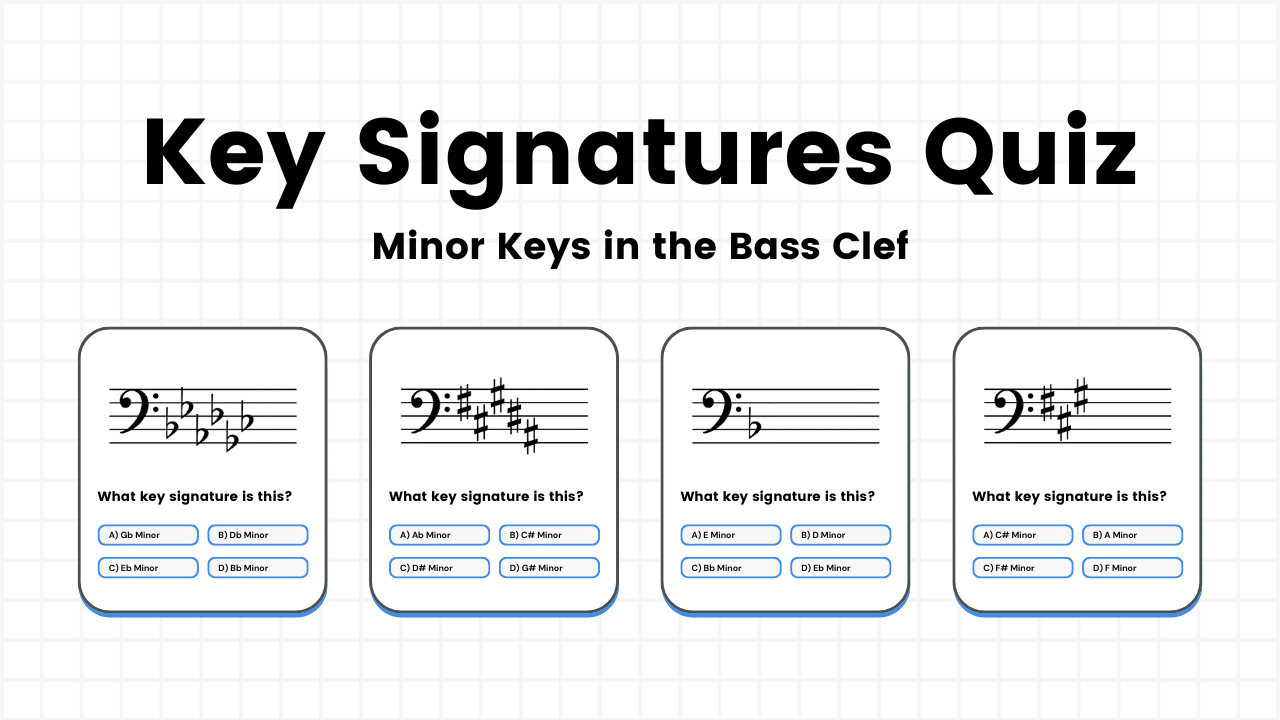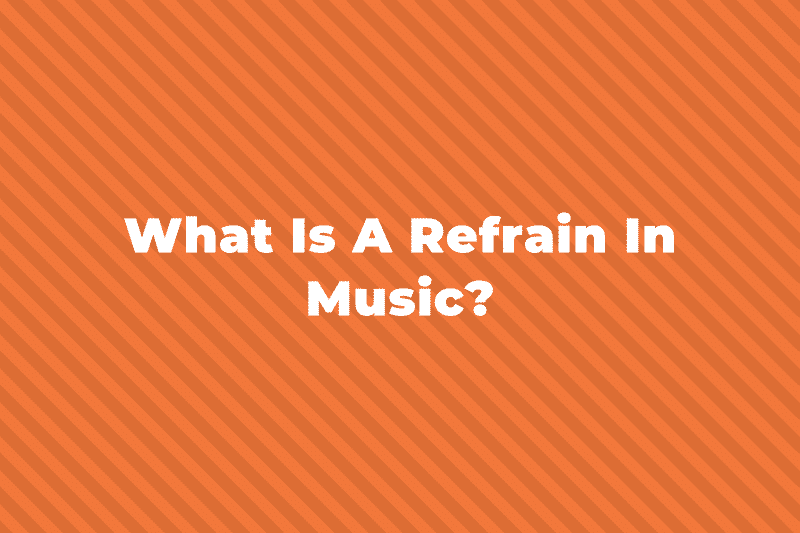Some musicians are said to have relative pitch, but what exactly does this mean? Is it something you can learn or are you born with it. Can you practice it and what should you do to get better?
This article will look at everything to do with relative pitch in music. But first, what even is pitch?
What is Pitch?
Pitch is an intrinsic quality of every note played by a musical instrument or sung by a person.
Whenever we sing or play the piano, for example, we produce vibrations in the air that are called sound waves.
These vibrations vibrate at a specific frequency, and that frequency is heard by our ears as the pitch of the note.
We have a separate post only about pitch that goes into more detail.
There’s a lot of technical jargon that is associated with pitch, but as a rule, pitch is how “high” or “low” a note sounds.
A note with a higher pitch might sound shrill and piercing, and a note with a lower pitch could sound deep and full.
For example, in the song “Bohemian Rhapsody” by Queen, there is a part where they sing the word “Galileo” multiple times, but it alternates between high and low pitch.
Definition of Relative Pitch
Relative pitch is not a term that deals with a note played by an instrument or sung, but rather it has to do with how we as people perceive those notes.
A person is said to have the ability of relative pitch, and it is the ability of a person to identify and recreate a specific pitch of a given musical note by using a reference tone and comparing the interval in between the two notes.
For example, if someone plays the note E, and you have in your head already the note C, you can compare the two and notice that an interval of a Major 3rd is formed.
From there you can ask yourself “What note is a Major 3rd above C?” and the answer is E, and therefore you figure out that the note you heard was indeed an E.

Specific Abilities
There are three specific abilities that a person with relative pitch can do some or all of:
- Identify the difference between an unknown note and a known note – e.g. “The A two octaves above Middle C”
- Identify and name the interval between two different pitches – e.g. A minor 6th, Perfect 4th, etc.
- Sing a melody, following musical notation, based on the relative distance from the previous note
Here’s an example for number 3.
Say you knew the first note of a melody is a C, and then the melody moves up one whole step, another whole step, and then down a Perfect 5th.
This melody would look like this:

However, people with the ability of relative pitch can now take this melody and sing it starting on any note – as long as you know the first note and the intervals between each note, you can sing the melody perfectly in tune in any key.
Having relative pitch is similar to the ability of perfect pitch, but perfect pitch does not rely on any reference tones and can identify the pitch of a note all by itself.
Because of this, Relative Pitch is much more common, and can more easily be learned through ear training.
How do you Learn Relative pitch?
Unlike perfect pitch, it is possible to learn relative pitch.
As with most languages and musical instruments, it is easier to learn as a child than as an adult, but both are possible.
The best way to train your ear is simply to play a lot of music, especially on the piano as it is one of the easiest instruments to visualize what you are playing.
Sing along with each note you play, and take note of what the names of each note are.
Feel where your singing range is and memorize the notes that fall within and out of this range.
Play different intervals on the piano and compare them, and then try to close your eyes and play the same intervals and see if you can identify them that way.
You can also teach yourself through ear training.
Some of our favorite websites for ear training include:
These websites have a number of interval practice tests you can do to see how well you can identify the intervals between notes.
Relative Pitched Summed Up
Relative Pitch, as the name implies, is the ability to hear a note and identify based on its place relative to another pitch, called a reference tone.
It is a useful ability to have when learning and playing music, so training your ear is one of the best things you can do for your musicianship.



